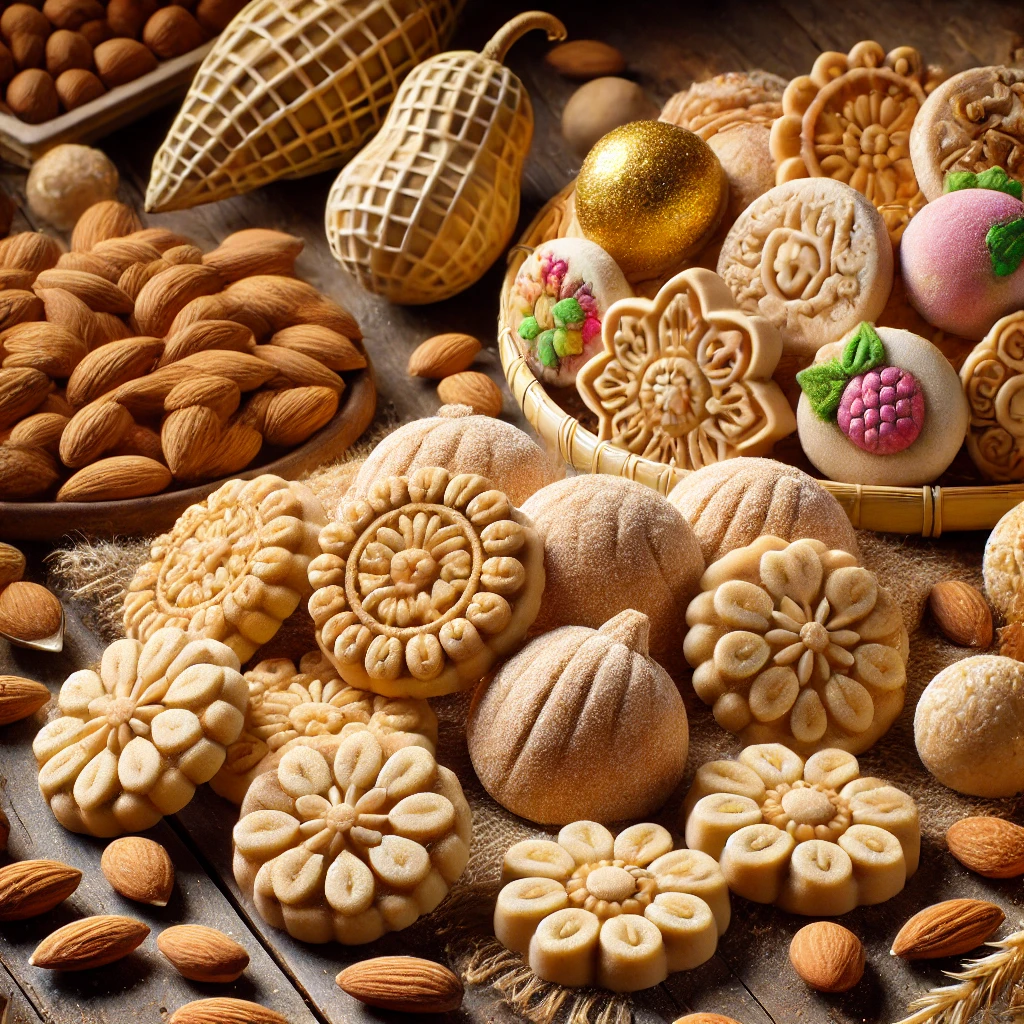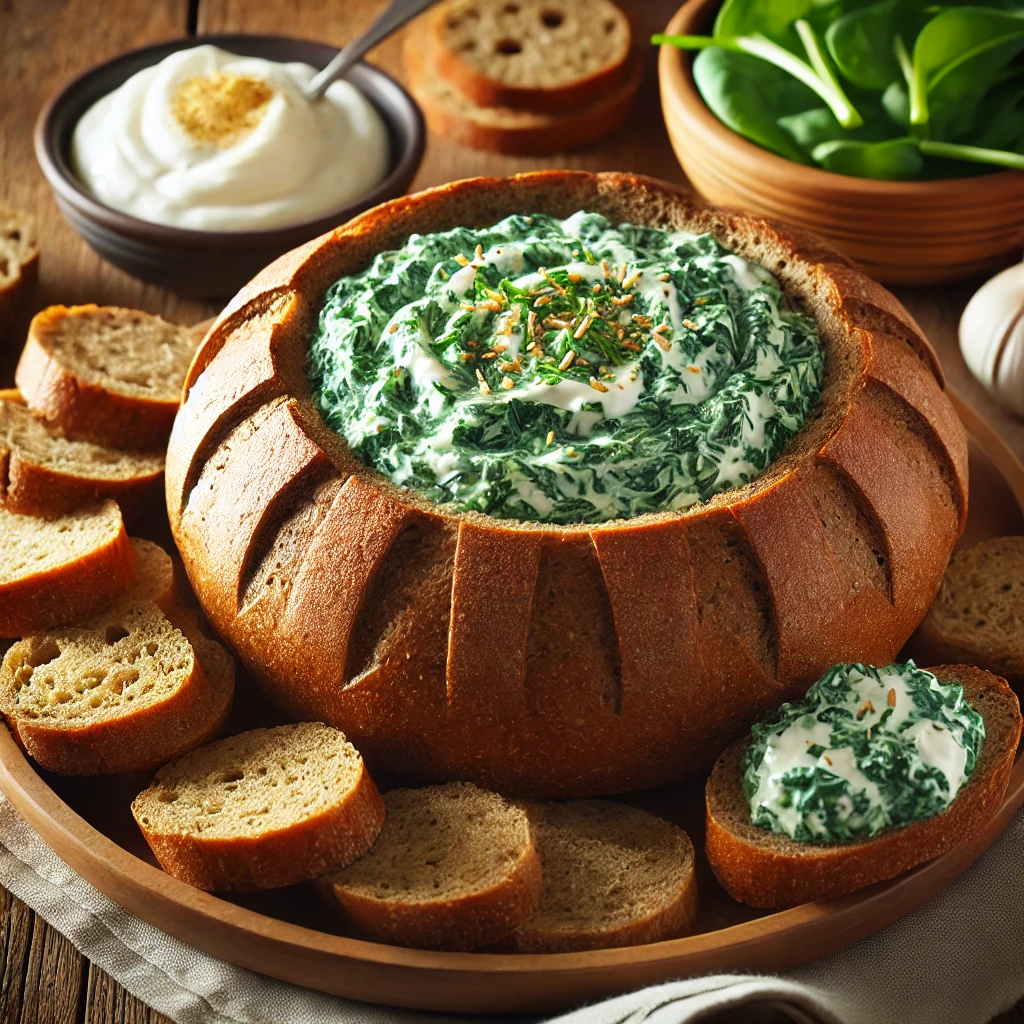




Mazapán, also known as marzipan in some parts of the world, is a traditional confection made primarily from ground almonds and sugar, often shaped into various forms and enjoyed as a sweet treat. This delicacy holds a significant place in the culinary traditions of several cultures, especially in Spain and Latin American countries, such as Mexico. Mazapán has a storied history, distinct regional variations, and an enduring presence in festive celebrations.
The exact origins of mazapán are debated, but many trace it back to ancient Persia (modern-day Iran), where a similar sweet made from ground nuts and sugar was crafted. However, it was the Arabs who likely spread this confectionery tradition to Europe, particularly during the Moorish occupation of Spain in the 8th century.
In Spain, mazapán flourished, particularly in the city of Toledo, where it became an iconic sweet associated with religious festivals and holidays. A popular legend claims that it was created by nuns at the Convent of San Clemente during a famine in the 13th century. With wheat supplies running low, the nuns substituted ground almonds for flour and created a nutritious, sweet treat to feed the local people.
The base ingredients of traditional mazapán are:
These ingredients are combined into a smooth paste, which is then molded into shapes, typically small figures, fruits, or animals, in Spain. In other regions, especially in Latin America, the mazapán is often shaped into disks or bars and consumed in a more rustic form.
In Spain, particularly in Toledo, mazapán is a prized delicacy with Protected Geographical Indication (PGI) status, meaning that authentic Toledo mazapán must be produced within the city and adhere to specific standards. Spanish mazapán is typically made during the Christmas season and is shaped into intricate designs such as animals, fruits, and holiday symbols.
Spanish mazapán often includes additional ingredients such as rosewater or honey to enhance the flavor and can be baked to create a firmer, more structured sweet.
Mazapán traveled to Mexico during the Spanish colonization, where it was adapted to the ingredients available in the New World. One of the most popular and widely recognized versions in Mexico is Mazapán de Cacahuate, made from peanuts rather than almonds. This adaptation arose because peanuts were more abundant and affordable in Mexico, making the sweet accessible to a broader population.
Mexican mazapán is typically sold as small, round disks, wrapped in cellophane. The peanut-based version has a crumbly, melt-in-your-mouth texture, and it’s often enjoyed as a snack or gift, especially during holidays like Día de los Muertos and Christmas.
Mazapán holds deep cultural significance in the regions where it is produced. In Spain, it is strongly tied to Christmas traditions, often given as gifts or served as a dessert after large holiday meals. Toledo, in particular, celebrates mazapán as a symbol of its culinary heritage.
In Mexico, mazapán is beloved by people of all ages and is often sold in corner stores, bakeries, and markets across the country. Its affordability and simplicity have made it a staple in Mexican households, where it is commonly enjoyed as a sweet treat after meals or as a snack.
Though the core concept of mazapán remains the same—ground nuts mixed with sugar—there are many variations of the sweet across different countries:
Each of these versions reflects the ingredients and cultural significance of mazapán in its respective region.
Mazapán can be enjoyed in various ways depending on the region. In Spain, it is often consumed on its own or paired with coffee or tea. Some enjoy it alongside other Christmas sweets like turrón. In Mexico, it’s a popular street snack, and people often challenge themselves to eat it without breaking the fragile, crumbly disk.
Whether shaped into delicate figures or pressed into rustic disks, mazapán is a beloved sweet with a rich history that continues to delight people across the world.
Mazapán is more than just a candy—it is a symbol of tradition, adaptation, and cultural exchange. From the convent kitchens of Toledo to the bustling markets of Mexico, mazapán has made its way into the hearts of people across the globe. Its simple yet rich combination of nuts and sugar has allowed it to remain a favorite for centuries, and its variations showcase the ingenuity and creativity of the cultures that embraced it.



